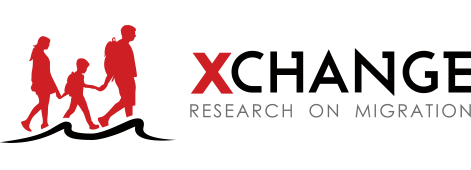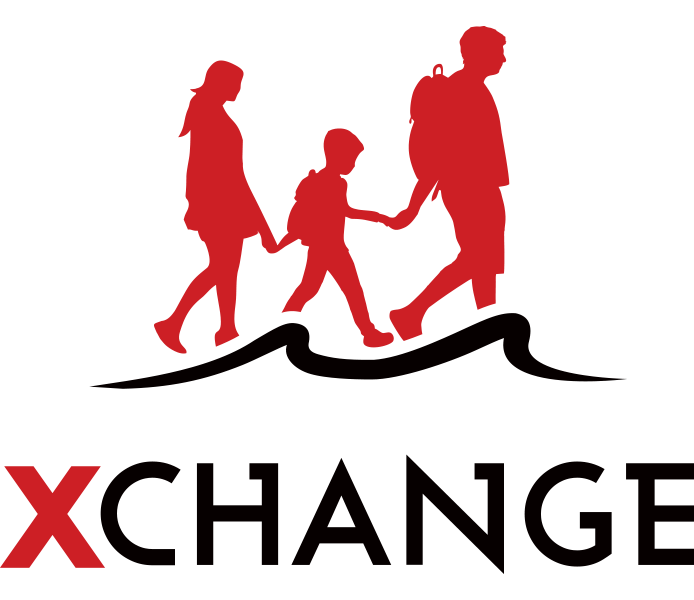Seaborne travel from northern Rakhine to Malaysia via Thailand gained momentum in 2006, according to the Arakan Project, an NGO that has monitors seaborne migration in the region, although a few boats sailed from the mid-1990s when travel restrictions in Rakhine began to be tightened.
The Arakan Project’s estimates for sea departures doubled each year until 2008, when Thailand initiated a policy of setting boats adrift on the high seas – a policy that resulted in very few movements in 2009, 2010 and the first half of 2011. When Thailand began to show more lenience towards seaborne smuggling and trafficking in the latter half of 2011, the floodgates opened again, and the total numbers of people who made the sea journey showed a sharp and sustained increase following the 2012 violence until the mid-2015 crackdown in the wake of the boat crisis.
The Rohingyas who departed Burmese and Bangladeshi shores by sea by and large did so willingly, but as the sea route became more popular, the offers put to would-be migrants by smugglers amounted to a bait-and-switch, and clearly fit the definition of human trafficking.



